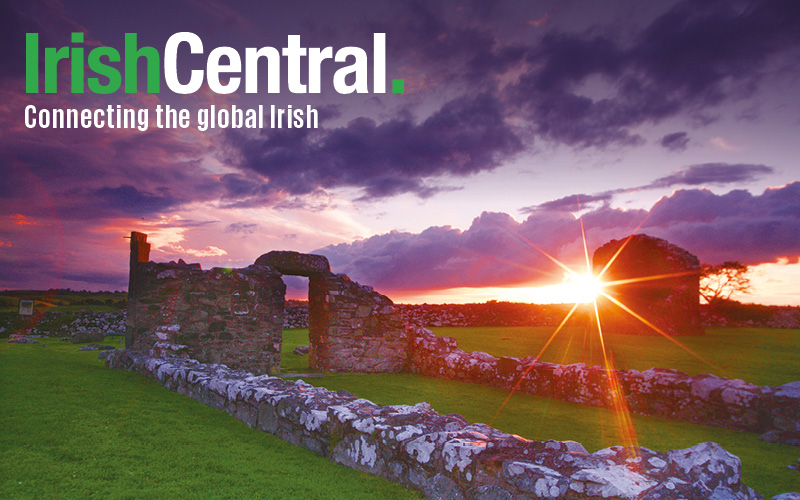So we all know that the Church stole Easter from the pagans, right? Well, not exactly. We just moved right in on celebrations of fertility and rebirth and said, Hey, let’s do the same thing but make it about Jesus!
Not that this is a bad thing necessarily, but it’s an important reminder that Christianity did not introduce the world to the concept of celebrating new life and rebirth. The older I get, the more I question if the details of that celebration matter. That is, after all, where the devil resides.
Catholic theology holds that even when people believe they are praying to Buddha, they are actually praying to Jesus. It’s like God has various channels set up to reach him, and eventually, they all bottleneck into a crowded one-way road to the Christian Lord, who in turn acts as the toll collector – negative 72 mortal sins, plus 93 good deeds, you have enough credit to get through. Bear left and then keep going and you’ll get to the Holy Father. He’s lit up like the Griswald’s house at Christmas; you can’t miss him. It’s an interesting perspective when viewed against the Church’s past tendencies towards overzealous conversion of heathens (Protestants included in that category). It’s also a very smug attitude, made more so by the fact that it can’t be disproven. All you Muslims might think you’re praying to Allah, but Jesus is sittingup there intercepting your prayers. Does that mean that a religious institution with a different prayer for literally everything thinks that in the end, the details don’t really matter?
Were the ancient Greeks worshipping Aphrodite actually worshipping the as-yet-to-be-born-on-earth Son of God? Is it sacrilegious to continue the rituals of the pagan festivals as we’re supposed to be celebrating the Resurrection? The Easter Bunny always freaked me out as a kid. My parents told me not to get up during the night in case I ran into the giant rabbit and scared him off, so I stayed awake huddled in fear that it might sneak into my bedroom. I pictured a grotesque furry being, clopping around and extracting eggs from some gooey pouch and depositing them into baskets. The neatly ribboned boxes of chocolates from the local candy store eventually clued me into the fact that my parents were the ones doing the depositing. I was relieved, until it occurred to me that Santa Claus must not be real either. Now that was disturbing.
As I was slicing into my piece of rare steak this Good Friday evening (oops), I discovered that one of our dinner companions is an agnostic physician who works for a Catholic healthcare organization. He and his wife were gearing up for their third trip to Rome, where he would participate in conferences at the Vatican. His wife, the Catholic half of the pair, rolled her eyes upon telling the story of her last visit to the Vatican, when the guards examined her hemline and decided it was too short, so she yanked her skirt down until it passed their stringent requirements and was allowed entry.
“Well,” I said, “that’s what God wants,” and everyone laughed. It was the same rationale I used to justify ordering filet mignon on the one day that sacrifice is crucial – God must have more important things to worry about than if I stick to lobster on Good Friday.
Details. It’s what the Catholic Church is all about. Some people feel alienated by the thousand and one regulations to remember. Some, like my own mother, feel comforted by them. My mom grew up Protestant, and when she met my Catholic father, started attending Mass with him. He didn’t pressure her to convert, but she happily obeyed his Catholic mandates – getting married in the Church, baptizing their two daughters and raising them Catholic – because her religion had no such restrictions.
When I was about seven years old, my mom took the RCIA (Rites of Christian Initiation for Adults) classes and was confirmed at the Easter Vigil Mass. Mostly I remember how pretty our church looked lit only with candles and the packs of fruit snacks my sister and I were allowed to eat to pass the 3-hour service in contented silence. But afterward, as my mom became an active member of our parish, teaching CCD classes and volunteering to start up a soup kitchen, I could see how much her faith affected her life. She has always been an optimistic and generous person, and did pretty well to keep the Catholic mom-guilt to a minimum.
When I asked her what made her convert, why she bothered to go through all the hoopla when she had been attending Mass for years as a Methodist abandoner, she told me that she likes the rules.
“Really?” I remember asking, not convinced that the fine print drilled into me at CCD was necessarily a selling point for the religion.
“Yes,” she said. “Growing up in my church, there were never hard answers for anything. It left too much up to us individually, and I didn’t follow through, so it left me feeling ambivalent. I like that the Catholic Church isn’t wishy washy, even when I don’t agree with it. They take a stand.”
Details. When I dip hard-boiled eggs into dyes and display them for tomorrow’s festivities with my boyfriend Tim and his family, am I symbolically washing away sins in the blood of Christ (red dye), or is it just a way to hold onto pagan/secular rituals that distance us from God? Do the details bring us closer or push us away?
Tomorrow I’ll be attending Easter Mass and then indulging in homemade baked ham and various fruit pies. I will try my best to remember why we celebrate the holiday – because God gave us a second chance. That’s a pretty broad interpretation. Many Catholics would insist that it’s not enough. It might not be detailed, but it is simple and true, and those are two characteristics that the Church might strive to embody.




Comments